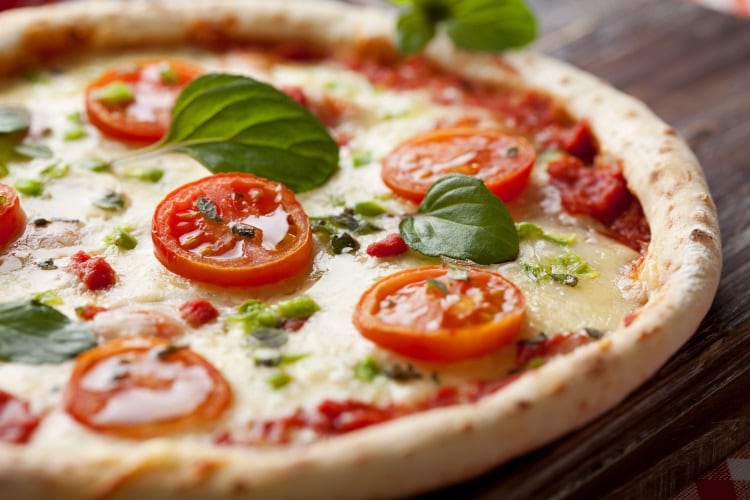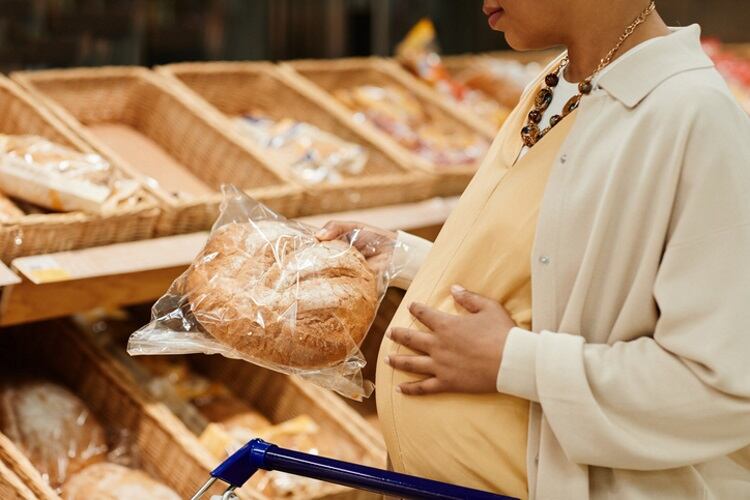Research from FMCG Gurus on behalf of Beneo has found an overriding demand for healthy ingredients and label transparency following the pandemic, with 60% of consumers now more attentive to the impact their consumption has on the environment.
Consumers are more willing to pay more for products that are healthier for them, and also are proven to be better of the environment, according to a report by Health Focus International into the impact of COVID-19 on consumer purchasing patterns.
No longer just based on their appearance and taste, the sourcing, processing, delivery and social impacts of groceries are now significant to how consumers define healthy, according to HealthFocus International.
But with the demand comes the challenges.
BakeryandSnacks asked Benoit Tavernier, product manager, Specialty Rice Ingredients, at Beneo to explain the hurdles producers expect to face, particularly when targeting a healthier gluten-free or free from formula.
“A major one is around the texture and taste challenges that can arise when key ingredients are replaced,” said Tavernier.
“An application that can prove demanding when it comes to product reformulation is that of baked goods. Particularly as maintaining sweetness, appearance, texture and good dough handling properties are all key to the resultant consumer taste experience.”
The rise of rice
Rice is often used in free from and gluten-free recipes, and a HFT Global Trend study found 61% of consumers worldwide regard rice starch as natural. A further study by Haystack revealed that rice topped other starches (corn, potato, tapioca and wheat) as the standout ‘cupboard ingredient’ (67%), as ‘healthy’ (58%) and as ‘easy to digest’ (51%).
As well as being positively perceived by consumers, technical trials by Beneo’s technology team show that rice starch can play an important role in a variety of applications, such as bakery items and convenience goods.
“Beneo has done a lot of work developing recipe reformulations that meet these technical and sensorial challenges using its range of gluten free rice starch ingredients.
“The company’s precooked native rice starch is a prime example. It’s a clean label ingredient that can be used to optimise texture; for example, it improves the hardness and crunchiness of different biscuit types and can be added in gluten-free biscuit recipe formulations, along with rice flour. It can also be used to improve the dough consistency of goods like gluten-free pizza crusts or breads, and can play a part as a clean label texturiser in bakery creams.”
The fall of unpronounceable ingredients
The Beneo-Technology Center has developed a process to combine rice flour and rice starch that creates the perfect’ gluten-free, yeast-raised pizza crust, while significantly reduces the complexity of the ingredients list – meaning it looks as good on the label as it does on the plate. The recipe calls for two of Beneo’s speciality flours: a wet-milled rice flour and a brown rice flour instead of standard white flour.
Wet milling allows the production of much finer flour particle sizes without severely damaging the starch granules. This enables the granules to hydrate more easily and results in better dough handling. The very fine particle size also improves mouthfeel, texture and crispiness of the gluten-free pizza crust.
Beneo’s novel mix enables the ingredients listing to be reduced from this: water, rice flour, modified rice starch (INS 1403), potato starch, olive oil, evaporated cane sugar, tapioca flour, potato flour, fresh yeast, salt, xanthan gum (INS 415) and calcium sulfate (INS 516) – to this: rice flour, water, rice starch, oil, sugar, salt and hydrocolloid yeast.
“Demand for more transparent labelling and sustainable sourcing in the bakery and snacking categories doesn’t look set to slow anytime soon and continues to have a significant impact on mainstream and free from categories alike,” said Tavernier.
“Offering opportunities for manufacturers to respond to these consumer demands with functional ingredients that offer multiple functional and nutritional benefits is key to the continued success of free from and gluten free product development.”




